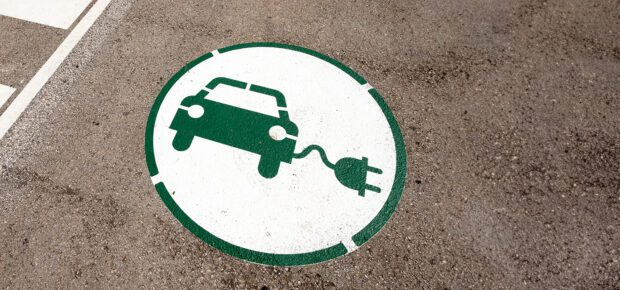In a world where convenience reigns supreme, the idea of effortlessly charging your electric vehicle (EV) as you park is no longer a distant dream. Wireless EV charging is fast becoming a reality and is set to revolutionize urban infrastructure in 2023. According to a recent report by Bloomberg Green, the global wireless EV charging market is expected to grow by over 40% annually, transforming the way we think about powering our vehicles. In this article, we’ll explore how this innovative technology is reshaping cities, improving the sustainability of urban environments, and what it means for the future of transportation.
What is Wireless EV Charging?
Understanding the Basics
Wireless EV charging, also known as inductive charging, allows electric vehicles to charge without the need for physical cables. This technology uses electromagnetic fields to transfer energy between two coils—a primary coil embedded in the ground and a secondary coil fitted to the vehicle. As the vehicle is parked over the charging pad, electricity is transmitted wirelessly, a process that is both efficient and seamless.
How Wireless Charging Works
- Inductive Charging Pads: Installed in parking spaces, roads, or garages.
- Vehicle Compatibility: EVs must be equipped with a receiver coil.
- Charging Efficiency: Currently around 90-93% efficient, with ongoing improvements.
The Impact on Urban Infrastructure
Transforming Cityscapes
Wireless EV charging has the potential to significantly alter urban landscapes. By 2023, cities like Oslo and Los Angeles are already pioneering the installation of charging pads in public parking lots and taxi ranks. This not only reduces the clutter of charging cables but also enhances the aesthetic value and functional capacity of urban spaces.
Reducing Carbon Footprint
- Sustainable Cities: Promotes the use of renewable energy sources.
- Reduced Congestion: Encourages the adoption of EVs, decreasing traffic pollution.
- Enhanced Public Transport: Supports electric buses and shuttles.
According to the International Energy Agency, the global shift to electric mobility could reduce urban CO2 emissions by up to 30% by 2050 if wireless charging becomes widespread.
Practical Value: How to Adopt Wireless Charging
Where to Find Wireless Chargers
Currently, major cities in the United States, Europe, and Asia are leading the charge in deploying wireless infrastructure. Companies like BMW and Hyundai are testing this technology in select urban areas, with plans for broader rollouts.
Tips for Consumers
- Check Compatibility: Ensure your EV is compatible with wireless charging technology.
- Explore Available Locations: Use apps and online maps to locate nearby wireless charging spots.
- Stay Informed: Follow updates from automakers and city planners about new installations.
What to Compare
- Charging Speed: Compare the charging rates of different wireless systems.
- Cost Efficiency: Weigh the installation and operational costs against traditional chargers.
- Availability: Consider the proximity and accessibility of wireless charging spots.
The Future of Wireless EV Charging
Challenges and Developments
While the promise of wireless EV charging is immense, challenges remain. The technology is currently more expensive to install than traditional charging stations, and there are concerns about energy transfer efficiency and standardization across different vehicle models.
Innovations on the Horizon
- Dynamic Charging: Roads that charge EVs while in motion are being trialed in countries like Sweden and Italy.
- Universal Standards: Industry leaders are working towards a universal wireless charging standard to ensure compatibility across all EV brands.
The Role of Policy
Government policies and incentives will play a crucial role in the adoption of wireless charging. Cities with progressive sustainability goals are more likely to benefit from early adoption, setting a benchmark for others to follow.
Conclusion: Embracing the Wireless Future
As we move deeper into 2023, wireless EV charging stands at the forefront of urban innovation, offering a glimpse into a future where charging your vehicle is as simple as parking it. By adopting this cutting-edge technology, cities not only improve their infrastructure but also take significant strides toward achieving sustainability goals. How do you envision the future of wireless charging in your city? Share your thoughts in the comments below!
As technology continues to evolve, the dream of seamless, wireless EV charging becomes a reality, paving the way for smarter, cleaner, and more efficient urban environments. The journey toward fully integrated wireless charging is just beginning, but its potential impact on our cities—and the world—is boundless.

